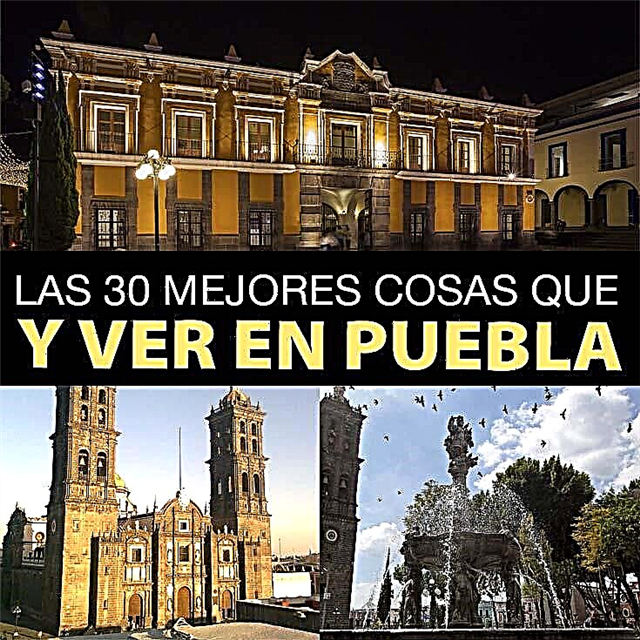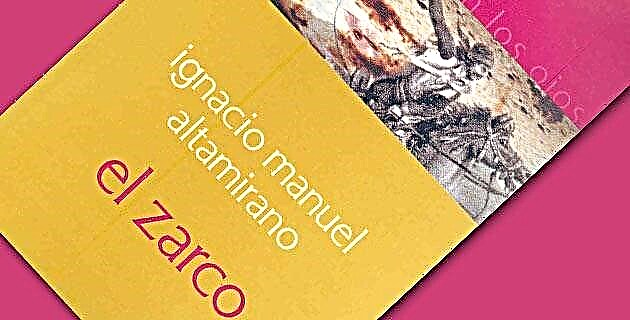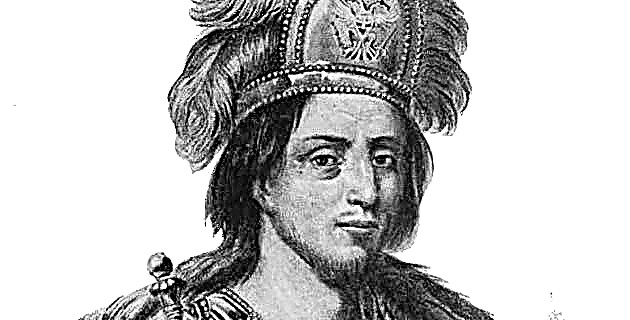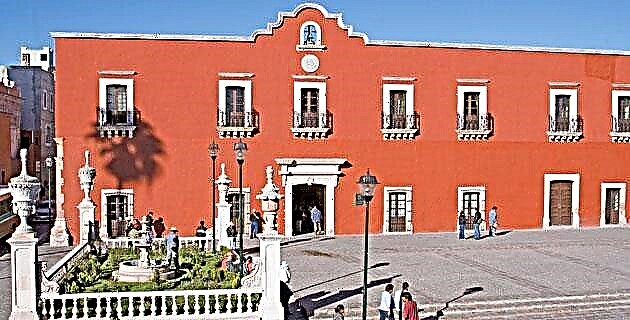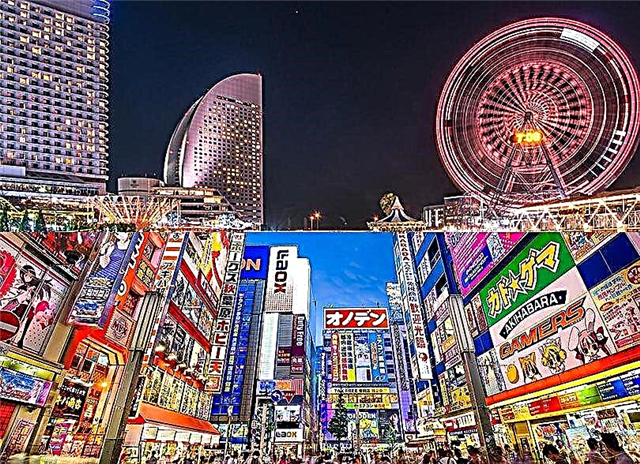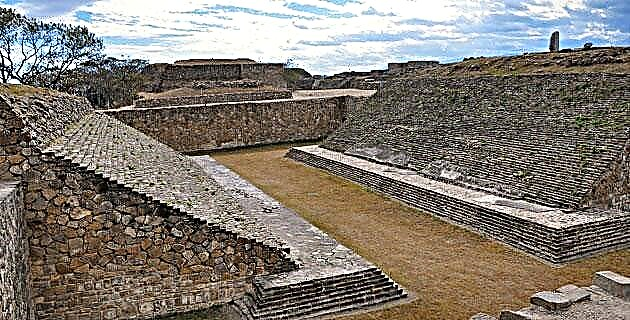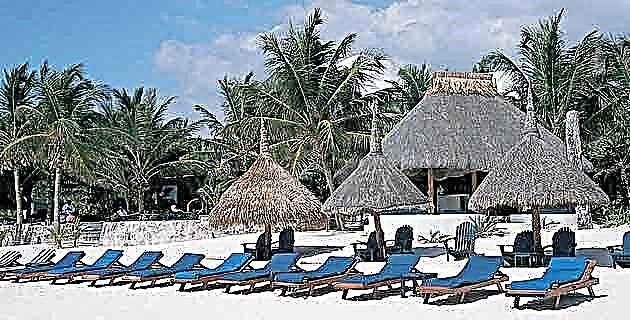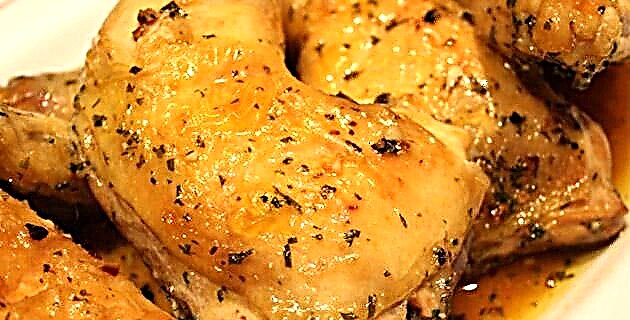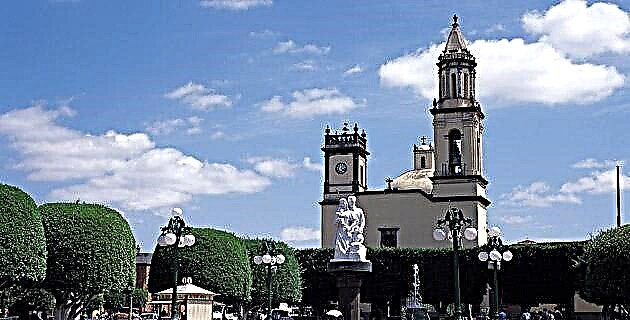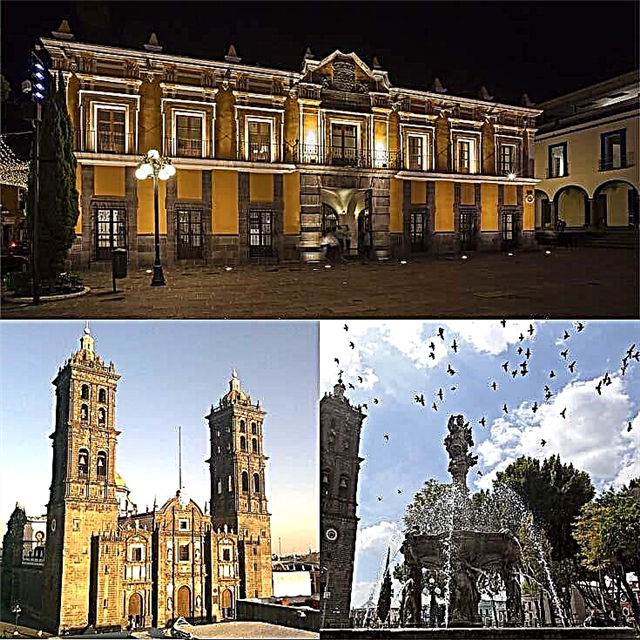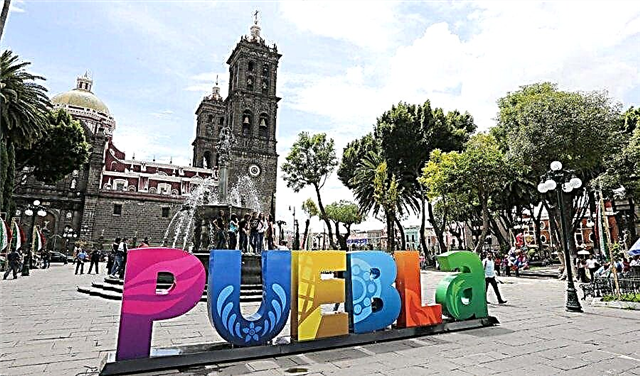
Puebla de Zaragoza, the capital city of the Mexican state of Puebla, is known worldwide for two cultural banners. But Puebla has many other charms, which we invite you to know.
1. Historic Center
We always recommend starting a visit to a new city through its historic center, even more so in one with the tradition of Puebla. Since its foundation in 1531 and over the years, Puebla has accumulated in its old center one of the most important architectural collections in Latin America. Temples, colonial houses, streets, squares and monuments bear witness to the styles of construction and the sober beauty of Puebla.
2. Cathedral
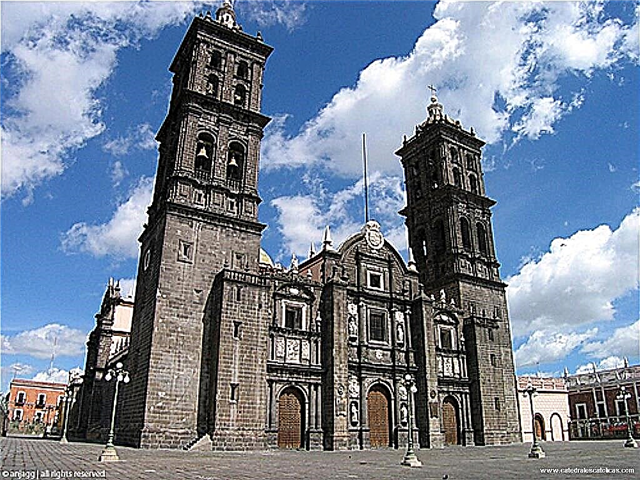
The Cathedral Basilica of Puebla, which presides over the historic center, was the first great temple built in the New World, is a World Heritage Site and the most visited place by tourists. More than a religious building, it is a museum, due to the value, age and beauty of the treasures that it keeps in jewels, sculptures, paintings, cabinetry, objects for worship and decorative elements. The cathedral was consecrated in honor of the Immaculate Conception.
3. Socket
In Mexico, the main square of a city is called zócalo, generally the oldest. The Zócalo de Puebla is the heart of its historic center and is bordered to the south by the cathedral and by several old portals, including that of the City Hall building, in the remaining cardinal points. In the wars of the past, it was the site that symbolized the conquest of the city. Now it is the scene of the main civic, cultural and political events and demonstrations.
4. Church of Santo Domingo
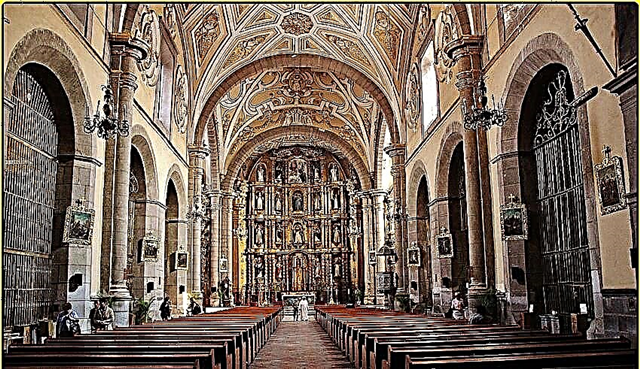
Also located in the historic center, it was the temple of a convent of the Dominican Order and the seat of the first bishopric of America. Its exquisite façade is one of the few Mexican works in the purist style. It has an annexed building, the Chapel of the Virgin of the Rosary, called The Reliquary of America, which is the most important accomplishment of the country in New Spain's baroque art, being considered in its time as the Eighth Wonder of the world.
5. Analco neighborhood
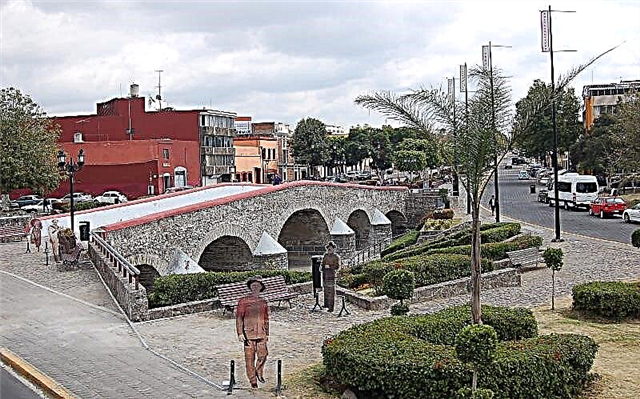
When the city of Puebla was founded in 1531, a community of indigenous Tlaxcalans settled on one of the banks of the San Francisco River. The settlement was called Analco, which in the Nahuatl language means "on the other side of the river." The Spanish conquerors intervened in the area, and in the 16th century they paved the streets and erected the original construction of the Santo Ángel Custodio temple. It is currently one of the most frequented places in Puebla.
6. Artist's Quarter
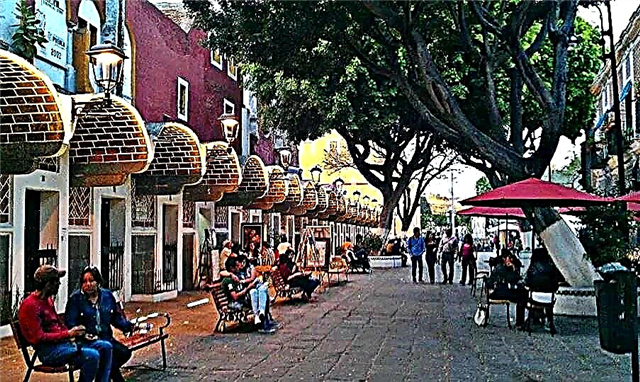
It is an area of the historic center whose main space is a square that is very popular with tourists and bohemian people, since Puebla artists work and exhibit their works there. Its main building was the Casa del Torno, so named for the old spinning lathes that worked in the place. The house, which was on the list of historical heritage, was demolished in 2013 for the construction of a cable car, in the middle of a great controversy. Apart from being a sanctuary for the local plastic arts, other artistic trades that are alive in the Artist's Quarter are music and theater.
7. Forts of Loreto and Guadalupe
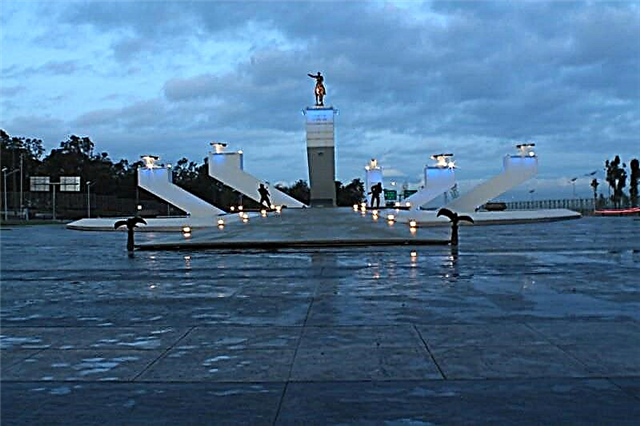
They were originally chapels dedicated to the Virgin of Loreto and the Virgin of Guadalupe, built on the top of the Acueyametepec hill, from where a good part of the city is dominated. Due to its strategic location from a military point of view, in the 19th century the chapels were converted into fortifications and the place was the scene of the siege and the Battle of Puebla during the Second French Intervention in Mexico, between 1862 and 1867. In the forts museums that commemorate these events operate.
8. Amparo Museum
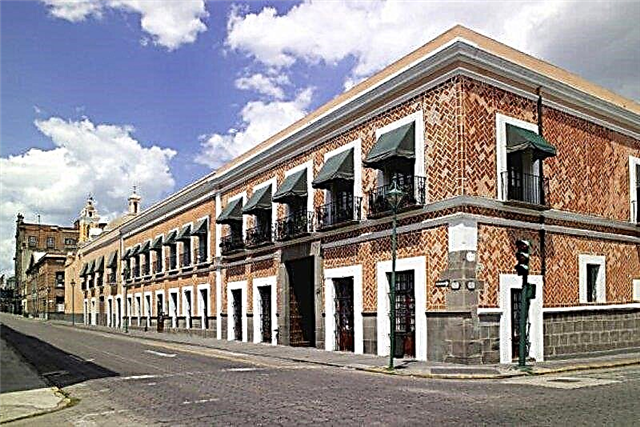
Manuel Espinosa Yglesias (1909-2000) was a Poblano banker who accumulated an immense collection of art that he donated to the Amparo Foundation, created in memory of his wife, Amparo Rugarcía de Espinoza. The foundation is dedicated to the promotion of the plastic arts and other cultural practices.
The Amparo Museum exhibits a very complete sample of Puebla and Mexican art from pre-Hispanic times to the present day. The collection includes carvings, paintings, sculptures, jewelry, ceramics, furniture, ornaments, textiles and other pieces. He has presented exhibitions of famous Mexican artists such as Frida Kahlo and Diego Rivera.
9. Museum of Viceregal Art
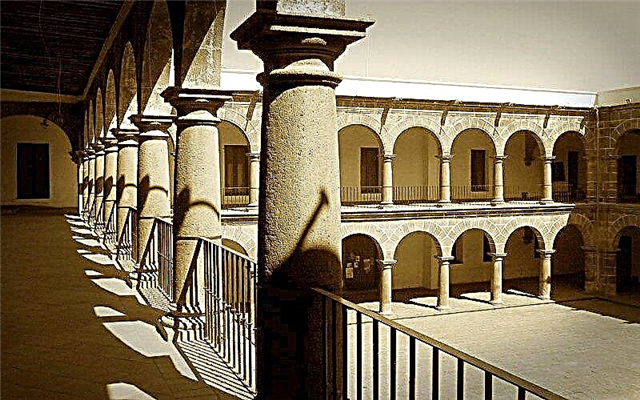
Mexicans call the vice-royal period the period of almost 300 years between 1535 and 1821, when the country was under Spanish rule with the name of the viceroyalty of New Spain. The Viceregal Art Museum operates in an old and immense mansion in the historic center that was a hospital, recovered and conditioned for the museum project. It covers the different manifestations of Puebla and Mexican art between the 16th and 19th centuries, although occasionally it presents samples of modern and contemporary themes.
10. Casa de Alfeñique Regional Museum
The alfeñique is a jam made from cane sugar, egg white and some walnuts, which the Spanish brought to Latin America. This house, which is an extension of the Viceregal Art Museum, receives its name from the resemblance of its façade, profusely decorated, with the mass of alfeñique. It shows the lifestyle in a Puebla house during the viceregal era and includes an interesting collection of carriages and codices.
11. Museum of the Mexican Revolution
This museum, also called Casa de los Hermanos Serdán, works in an old mansion in the historic center that belonged to the Serdán Alatriste family, one of whose members, Aquiles Serdán, was a precursor of the Revolution. This was the main political and military event in Mexico during the 20th century, between 1912 and 1917, and culminated in the proclamation of the Constitution. The house, with its bedrooms, bathrooms, kitchen, dining room, stables and other rooms, is a magnificent testimony of life during the revolutionary era.
12. Museum of Evolution
Leaving a bit of the Puebla tradition, this museum is an interesting collection of rocks, reptiles and other prehistoric Mexican pieces. It is located in the area of the Fuertes de Puebla. It covers the period of planetary evolution between the Paleozoic or Primary era until the Cenozoic Era, which is the one we live in despite the fact that it began 65 million years ago. The life and events of the most remote past are shown with the most modern technological resources.
13. José Luis Bello y González Museum
This museum is a legacy of the Bello, a family of industrialists from Puebla that accumulated a large collection of art between the 19th and 20th centuries. The sample includes paintings, poblana majolica, plumaria, lacquers, corrugated iron, woodwork, glassware, metals and ivory. The pieces come from three continents (America, Europe and Asia) and are distributed in 13 rooms. What was the music room of the house is splendidly preserved.
14. Museum of the Railroad of Mexico
The National Museum of the Mexican Railways has its headquarters in the historic center of Puebla. It operates in the building that was the Puebla station of the national railway, inaugurated by Benito Juárez in 1969. The museum shows the history of the railroad industry in the country, through plans, maps, tracks, wagons, locomotives, workshops, patios , offices and other related objects and spaces.
15. Palafoxiana Library
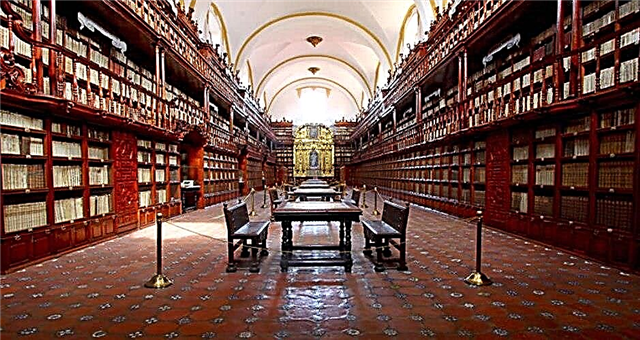
What was the first public library in the American continent, bears the name of its founder, Juan de Palafox y Mendoza (1600 - 1659), bishop of Puebla, viceroy of New Spain and blessed of the Catholic Church since 2011. The first shelves they were filled with the 5,000 volumes of the personal collection donated by the prelate. Palafox had the wisdom to open it to all audiences, not only those linked to the religious world. Today it contains more than 50,000 ancient documents, including books and manuscripts, including 9 incunabula.
16. Main Theater of Puebla
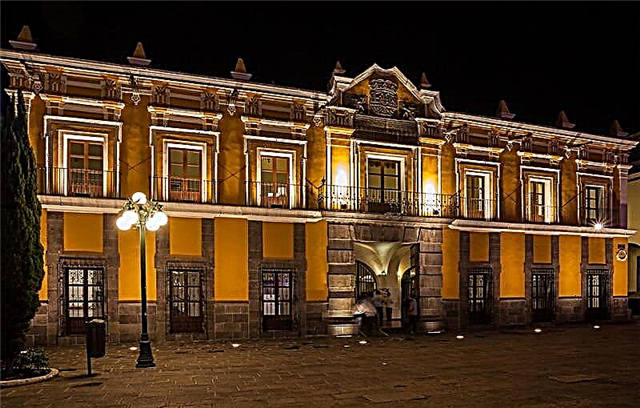
This space has offered performances from 1761 to date, being the oldest theatrical building in America. It was initially a private initiative of architect Francisco Xavier de Salazar, who promised to donate 100 pesos of the proceeds from each representation to the Hospital de San Roque. Salazar sold the unfinished work to an investor who gave it another use, for which it was expropriated by the city council. Now the beautiful New Spain baroque building is used for theater, opera, dance and other stage events.
17. House of the Dean
House of the historic center that in the 16th century belonged to Tomás de la Plaza, dean of the Puebla Cathedral. Some sources indicate that it was the first noble house of the city. Now the historic building is a museum. Noted for his fresco paintings, miraculously rescued in 1953 from under the wallpaper and several layers of lime paint that covered the walls. The beautiful murals show pagan and Christian scenes.
18. Santa Rosa Cultural Center
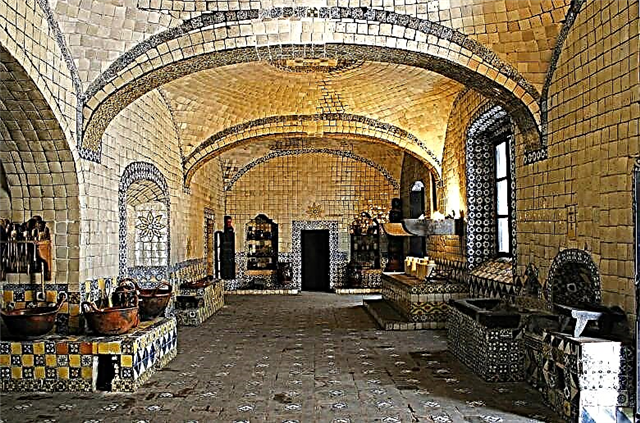
It was originally a beguinage for Dominican nuns in the 17th century. Later it became the convent of Santa Rosa. Its cuisine is considered the most beautiful in the state of Puebla, especially for its tiles and other pieces of Puebla talavera. The stoves would also be linked to a historical fact. According to one version, it was there that the Dominican nun Sor Andrea de la Asunción, created in the seventeenth century what would eventually become the cultural symbol of Puebla before the world: the mole poblano. Now in the spaces there is a cultural center that includes a museum of Puebla crafts.
19. Source of the China Poblana
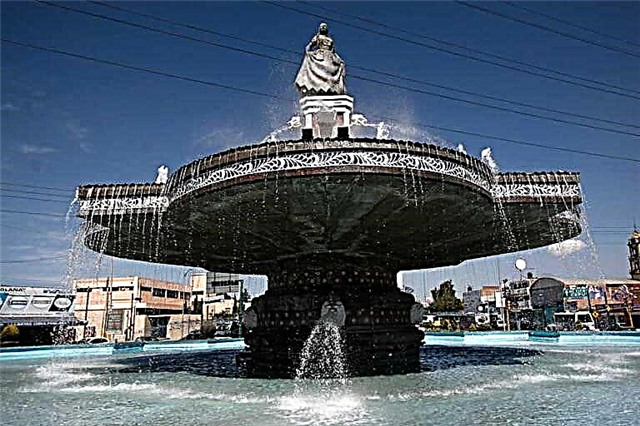
The China Poblana is an emblem of the city and the state. She is the woman who wears the typical costume of the state of Puebla. The poblanos have not agreed on the origin of the name. One version indicates that it comes from Catarina de San Juan, a character from the viceregal era. Another says that the first woman to wear the clothing was a princess from Puebla of oriental descent.The costume includes a white blouse, a showy skirt called a beaver, a shawl and satin shoes. La china has its source on Bulevar 5 de Mayo, one of the most admired monuments in the city. Artisans sell poblano chinas in all sizes.
20. La Victoria Market
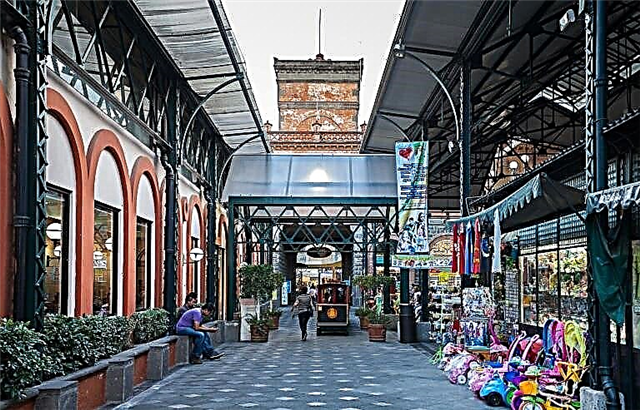
It is a building built in 1914 as a tribute to the figure of Mexican Independence, Guadalupe Victoria. It was a work built to modernize the acquisition of food in the city, admirable for its sober architecture and its beautiful vault. After a period of neglect, it was rescued as a shopping center, combining its classic architecture with the facilities of a mall. There you will find cafes, restaurants, shops and other businesses.
21. The Parian
If you want to buy a souvenir from Puebla, you must go to the El Parián Handicraft Market, the most important and best assortment in the city. It is the second place in Puebla most visited by tourists, only surpassed by the cathedral. There you will find crafts in different materials and a great variety of delicious handmade sweets. It is an ideal place to discover the rich gastronomy of Puebla at very convenient prices.
22. Poblano Flavors Market
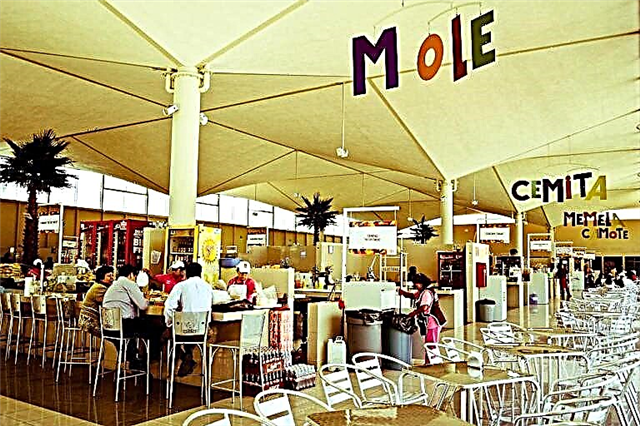
This busy place located on 4 Poniente, between 11 and 13 North, was conceived to show the full breadth of Puebla's gastronomy in its 130 stores, almost always full of residents and visitors. There you can eat moles, moletes, tamales, cemitas, carnitas, quesadillas and whatever you want from Puebla and Mexican food. You can also try some delicacy from the Puebla confectionery, with your favorite drink, from a traditional fresh water to a universal beer.
23. Metropolitan Ecopark
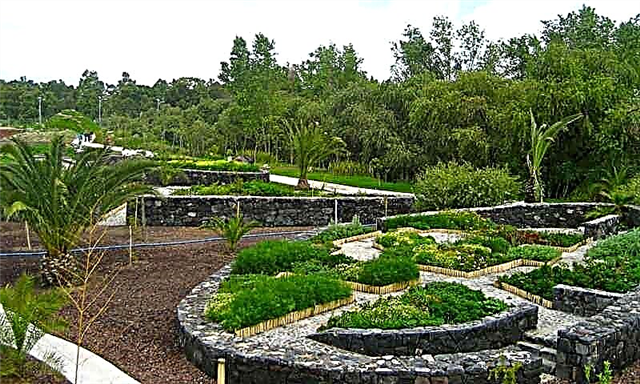
It is the perfect place for jogging, walking, biking or just strolling. You can also rest watching its green spaces and its beautiful bodies of water. In 2012, the part of the Atoyac River basin that is part of the eco-park was recovered, cleaning the wetland and planting more than 4,000 trees.
24. Ecological Park of the Mexican Revolution
This park of almost 60 hectares is one of the busiest in Puebla, due to its size, beauty and the possibility of developing recreational, sports, social and cultural activities. It has two artificial lakes with rental of rowing and pedal boats, volleyball courts, soccer, baseball and basketball; physical conditioning stations, skating rink and children's play area. The Puebla aviary works in the park.
25. Garden of Art
In the heart of Puebla is the Parque Jardín del Arte, a large space of 13 hectares of green areas and two lakes where you can see the ducks swimming. If you want to maintain your jogging program during your vacations in Puebla, this is a conveniently located and easily accessible place. You can also ride a bike or play mini golf, soccer or basketball. Many people go to read outdoors.
26. Los Fuertes Park
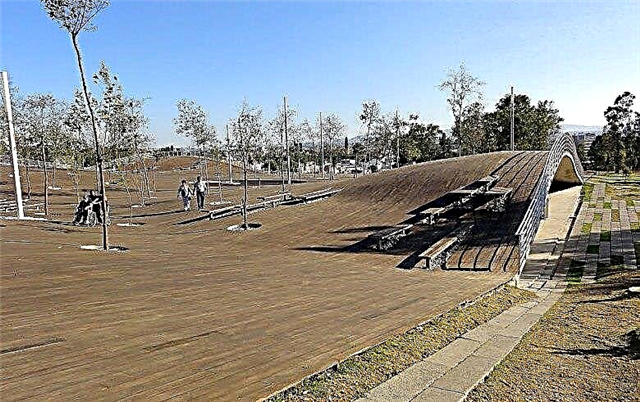
This park was built on Cerro San Cristóbal to commemorate the 150th anniversary of the Battle of Puebla, the act of arms of 1862 in which the Mexican patriots, in inferior conditions, defeated the invading French forces. The park connects with other sites of interest located nearby, such as the Forts of Loreto and Guadalupe, the Planetarium, the Monument to the Flag and the Mausoleum of Ignacio Zaragoza, hero of the Battle of Puebla.
27. Star of Puebla
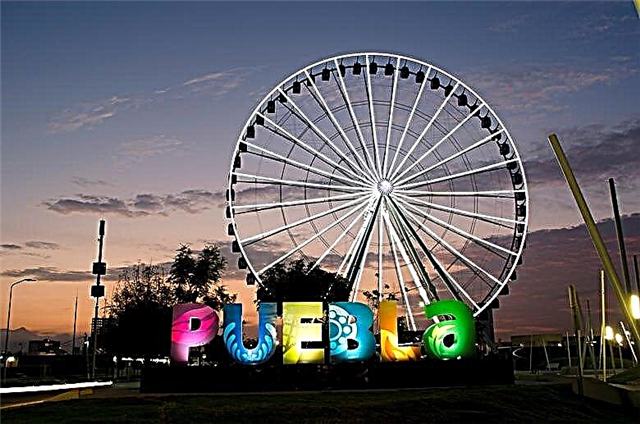
Puebla can boast of its 80-meter Ferris wheel, as London does with its. The Star of Puebla, once the Guinness Record as the tallest portable Ferris wheel in the world, offers a spectacular view of the city. It can simultaneously accommodate 432 people in its 54 gondolas. If you want to see Puebla from above and from above, you can buy your VIP ticket for one of the 4 "5-star" gondolas with a panoramic glass floor and leather seats.
28. Puebla sports
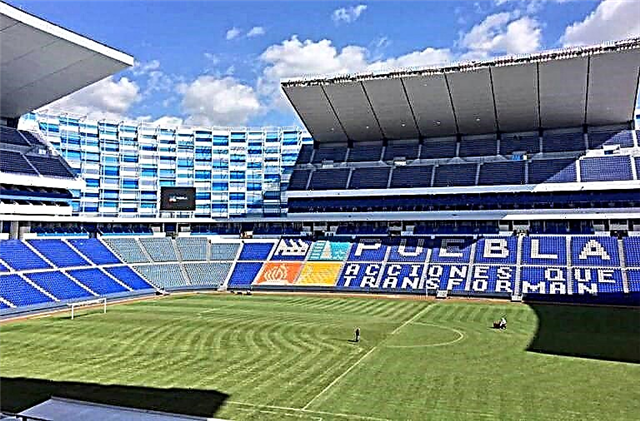
Tourists who are fans of massive sports have options in Puebla to go to soccer, baseball and American football. The city's soccer football team in the Mexican First Division is Puebla Futbol Club. The «Camoteros» play at the Cuauhtemoc Stadium. Los Pericos de Puebla represent the city in the Mexican Baseball League. The popular "Black Angels" are based at the Hermanos Serdán Stadium. The Borregos are the city team in the college football league.
29. Cuexcomate Volcano
This curiosity in the middle of the city of Puebla is called the smallest volcano in the world, despite the fact that it is really an inactive geyser. You can climb its 13 meters by a side staircase and then descend inside it using a spiral staircase. From its soil, unexplored caverns start that the Puebla myths indicate that they reach places located miles away. You cannot miss a photo or a selfie in Cuexcomate.
30. Mole Poblano
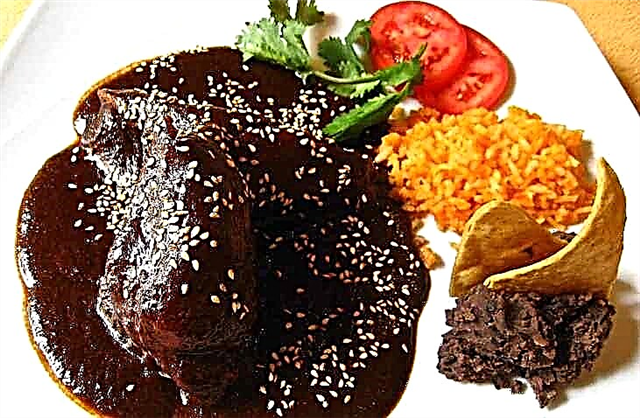
We end with the universal gastronomic emblem of Puebla, the mole poblano. It is a complex sauce based on cocoa, various types of chili, tomatoes, walnuts and almonds, banana, raisins, Mexican tortillas, garlic, onion, and an assortment of spices and flavoring and flavoring ingredients. One version indicates that the mole was invented by a nun in a convent to entertain a demanding viceroy. Another version places salsa in the Aztec civilization. In its purest form, the sauce is poured over pieces of turkey (Mexican domestic turkey). In Puebla there are hundreds of places for you to live this unique culinary experience. Enjoy your meal!
Our tour of Puebla, also called the city of angels, ends. We hope that the tour has been to your liking and that we will soon visit another charming Mexican city together.